UAN fertilizer application method
Urea-ammonium mixture is a mineral nitrogen fertilizer, which has been used in our country since the late 80s of the XX century and is a solution of ammonium nitrate and urea, mixed in a certain proportion. UAN fertilizer is unique in its composition, since at the same time it includes:
- Nitrate nitrogen - is immediately absorbed by the root system and allows quick access to nutrition that contributes to the healthy development of the culture.
- Ammonium nitrogen - it can not be absorbed either by roots or leaves, it is stored in the soil, and is further processed into a nitrate form under the influence of temperature and microorganisms. It is not susceptible to leaching, which is very important in areas with high groundwater levels, and also allows the addition of UAN in early spring.
- Amide nitrogen - is perfectly absorbed by the leaves, but not through the roots, since for this, under the influence of soil microorganisms and heat, it must first turn into ammonium, and then into nitrate. The warmer, the faster this process goes. It is this property of transformation that enables long-term exposure, and thus a prolonged effect is achieved.
Benefits of liquid formulations
By itself, liquid fertilizer has advantages over other options due to the rapid absorption of nutrients contained in them by plants. Their use is especially important in arid places, where they enable shoots to get access to food almost immediately, which helps crops to form and grow correctly and in a timely manner.
Pros of using
They lie in versatility and ease of use:
- More even distribution over the surface during application than other types, such as hard.
- Achieving good compatibility with the simultaneous addition of pesticides, growth accelerators and others, in particular trace elements. You can immediately solve the issue of soil enrichment, replenishment and protection from pests without unnecessary labor costs.
- Efficient operation on any soil and in any region, including those with a tendency to droughts.
- Extended validity period, i.e. fertilization brings not only an instant effect, but due to the temperature and the work of microorganisms, it nourishes the plants for a long period of time.
- One-time feeding of both the root system and the foliar, which is most effective during the growing season.
- They do not contain free forms of ammonia, which makes their use safer.
- Cheapness in comparison with other analogues.
- Does not contain biuret (inhibits plant growth, is contained in urea).
- Used in mini-till and no-till technologies.
- Mineral fertilizers UAN are produced in a ready-to-use form, i.e. there is no need to dilute something with something and calculate proportions.
Application methods
There are 2 main ones:
- Root: the introduced substance is not buried, but simply spread over the ground. Despite the fact that the urea-ammonia mixture does not contain ammonia in free form, in hot weather conditions in the absence of rain and irrigation immediately after treatment, a small surface embedding is recommended. This technique is used before planting, for feeding, before digging up the ground.
Tip: It is not recommended to add layer to layer.
- Foliar: irrigation of foliage for feeding. This is done during the growing season of crops, as well as when it is not possible to get nutrition through the roots, for example, during frosts.The optimal irrigation time is morning, when there is no dew, and evening. Daytime work is carried out only in cool, non-sunny weather.
Weather influence
The best spray effect is obtained when the active ingredient covers the surface of the leaf plate for as long as possible. The maximum result is possible in cloudy, not hot (no more than + 20 ° С) weather at normal relative humidity. After rain or with abundant dew, the top layer of the leaf becomes more sensitive due to moisture, it absorbs and passes better, which can damage the shoots when spraying.
disadvantages
- requires compliance with certain rules for storage and transportation;
- availability of specialized equipment for spraying;
- if the operating rules are violated, including ignorance of the life cycle of an agricultural crop, adverse atmospheric phenomena can lead to damage and the appearance of burn formations on the shoots.
Instructions for use
Processing is usually carried out using special agricultural equipment in two ways:
- pouring pipes (root method);
- sprayers, allowing to achieve large-drop irrigation (foliar method). With this approach, drops of the active solution gradually slide from the surface of the sheet plate to the ground.
In some units, it is necessary to pre-dilute the existing solution with water. In this case, the consumption should be 100-300 liters of working solution per 1 ha.
Norms and doses
Application rates may vary depending on many factors: type of crop, processing and reception times, weather conditions, etc. Everything is individual, there is no clear algorithm of actions.
With regard to cereals, the tactics of triple irrigation are often introduced:
- In the spring: when the snow melted and the growing season began again. At a temperature of no more than 10 ° C, the consumption rate is approximately 30-40 kg of ae. per 1 hectare. Not diluted.
- In late spring or summer (spike phase): combined with the addition of trace elements, growth regulators, pesticides. Add no more than 30 kg of d.v. for 1 hectare. It is required to dilute the active substance with water in a ratio of 1: 2, and if watering with herbicide is carried out at the same time, then the ratio is 1: 3 or 1: 4.
- In autumn (the initial phase of earing): winter crops are fed at the rate of 10 kg a.i. for 1 hectare.
The use of a carbamide-ammonia mixture is advisable for growing cereals or feed, since it provides excellent factors for obtaining a dense green mass. This fact makes it applicable on the scale of industrial planting or on farms. Leveling the risks associated with unpredictable weather conditions also makes it attractive for agro-industrial complexes, as it reduces production costs.
In household plots for growing vegetables and fruits, it is not applicable (it gives a gorgeous tops, but does not increase the yield of fruits): here it is necessary to think over a strategy for using complex fertilizers that are saturated with many microelements. But this is already a topic for another conversation.
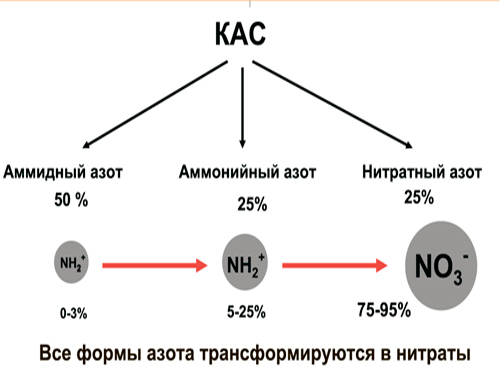
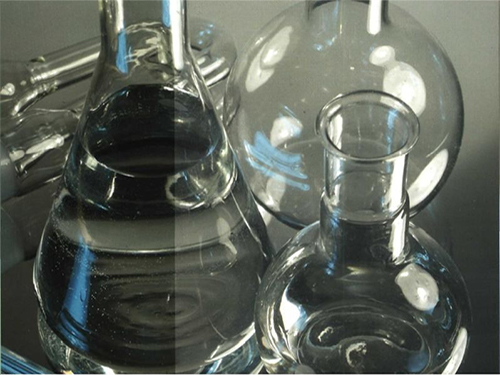
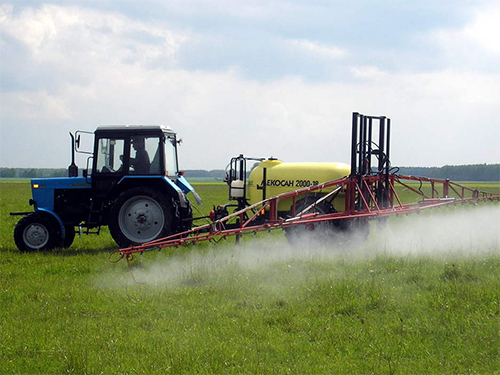
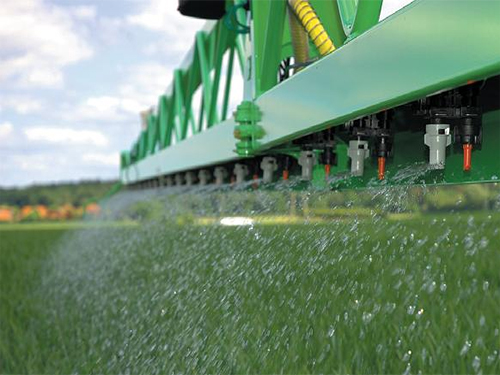
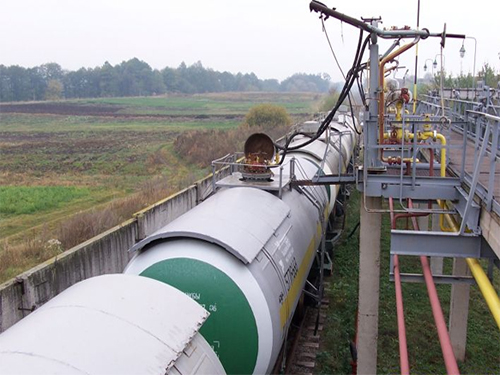

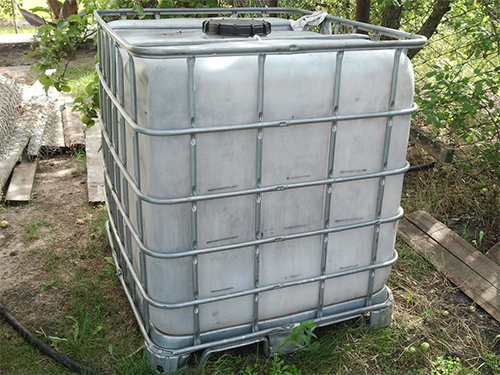
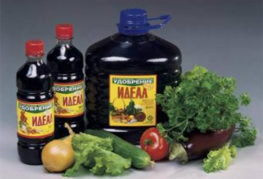
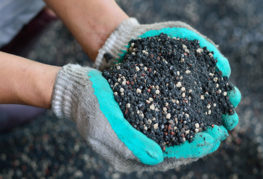
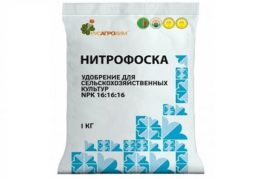
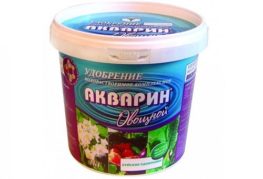
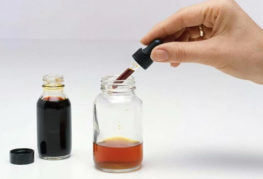
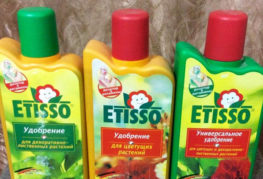
and will be published shortly.